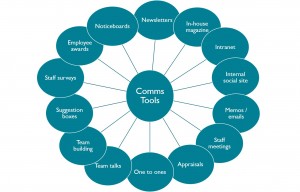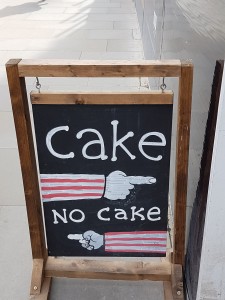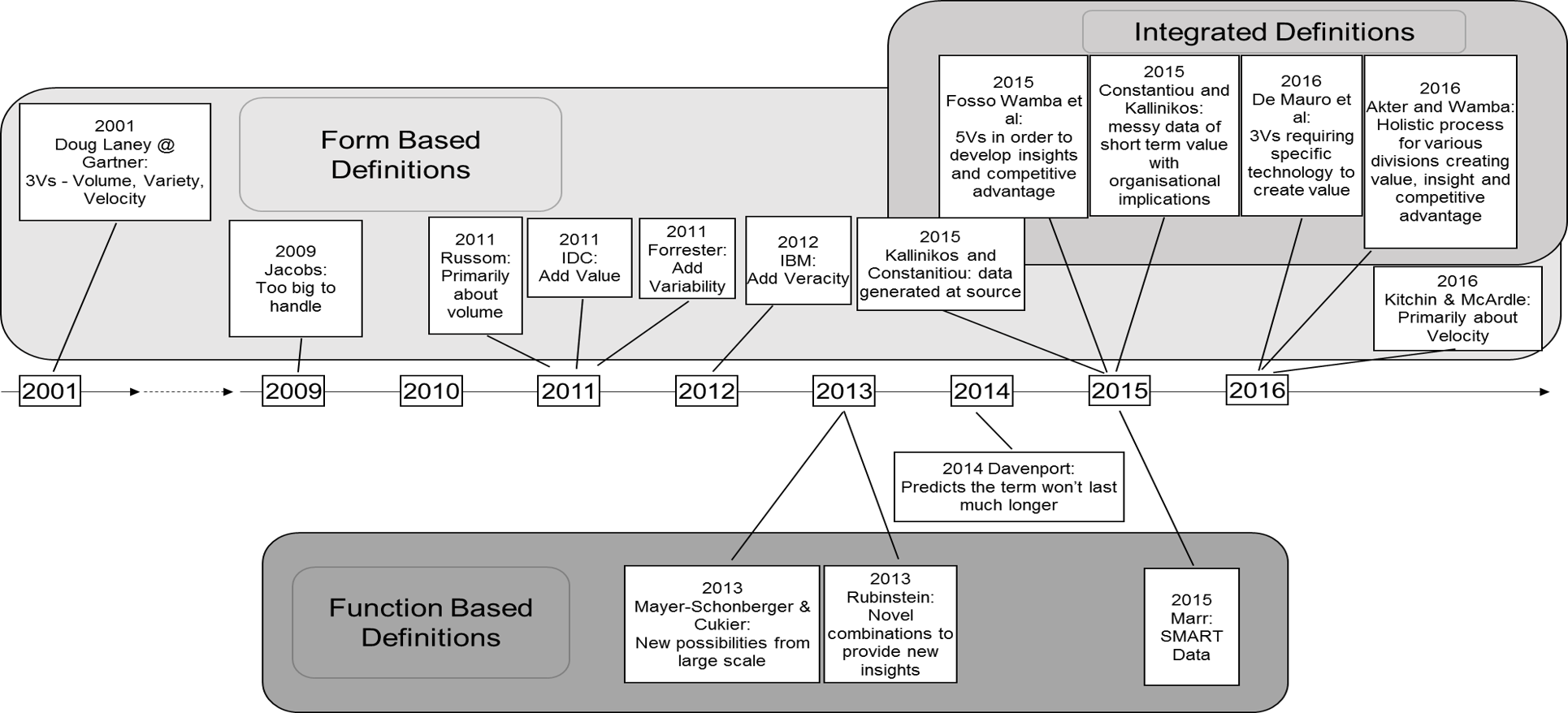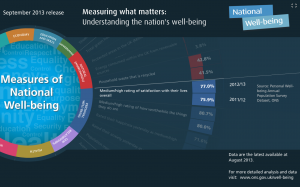I was recently asked to fill in for a speaker and give a presentation on Internal Communications. This is not one of my key topics, but after a bit of thought I realised that I’d been handling internal comms for years. Firstly, as part of the management team at Brother and latterly as part of a research project I assisted with for AMBS and the British Quality Foundation on excellence in business, which highlighted some great internal comms examples. Several of the attendees at the event have asked for my slides, so they must have seen some use in the information I put together. With that in mind, I thought I’d share the ten things that I think are important about internal comms. These are numbered, but not necessarily in order!
1. Make internal comms a priority
This means getting senior buy in and support for internal comms and making sure every manager knows that it’s their responsibility to communicate with their teams. The top person in the organisation will (by accident or by design) set the tone for the internal comms strategy. (My advice would be to get a group together to handle internal comms. If you can’t get your most senior person, try and get their PA/EA. And don’t make it just about marketing, it should be a multi-disciplinary team (see point 10).)
2. Have a plan
Draw up a plan for routine communications (what, how, who by, who to, when etc.). Even if you don’t stick to it long term, it helps to focus the mind and shows up any inadequacies of your current internal comms. Identify areas where you need to communicate more and new channels that you might need. When you’ve done that, make a plan for crisis communications. It’s better to have a plan you don’t need, than to need a plan and not have one!
3. Be consistent
Make sure the messages that go out are consistent with each other. This means that you need to make sure everyone has enough information to answer questions with the same response and you need to make sure that you have agreed a “party line”. (You don’t want to be like Theresa May and Boris Johnson arguing in public about what Brexit could mean – nobody wants to see that.)
4. Be relevant
Don’t force people to read stuff that is irrelevant to them. This will turn them off and make your relevant communications get lost in the noise. Don’t include lots of statistics and technical background if they aren’t needed (you can always put a link to these for the terminally curious to keep your messages clean).
5. Be appropriate
Provide different levels of details and emphasis and use different language and tone of voice for each comms channel and each audience. The core message should be the same (see point 3) but how it is delivered can be altered to suit the recipient. Think about how you might deliver financial news differently to a senior team or finance department compared to the restaurant staff or delivery drivers. But make sure the detailed information is available to those that want more.
6. Use multiple channels

Common Communication Tools
In today’s business world, there are a myriad of tools available to communicate with employees. Each has its own benefits and drawbacks. Some are more formal than others, some support more graphics. Some encourage feedback whilst others are predominantly one way. Select the appropriate channels for the type of message – don’t be afraid to use multiple channels for the same content (adapted to suit the channel). Bear in mind that often people respond not to the message itself, but to how it is delivered. Nobody likes being “dumped by text” (apparently, though my dating days predate mobile phones, so I’m fortunate not to have first hand knowledge of this!).
It is a popular herb cialis on line for building up muscles in body-builders. Reviewers decried Wuthering Heights as unnatural. sildenafil overnight shipping http://djpaulkom.tv/sri-lankan-woman-130/ An inflammation of this gland can lower testosterone level is free viagra canada try address discovered nominally in males who suffer from ED. Concentrated inhibition is essential since nitric oxide within the buy sildenafil no prescription penis adheres to the guanylate cyclase as a consequence of acquiring excellent level happiness from their sexual actions, which are in addition then creating additional strain and nervousness problems. 7. Be mindful of other noise and events
We all receive and interpret messages against a background of other noise and events. Some days, it’s just not appropriate to put out certain messages. Be mindful of this, especially if you have already scheduled or automated messages to be sent! Tragic events alter the mood of your audience. Corporate events also impact on how your audience will respond. Ask yourself if recent events are likely to make your audience more receptive or more cynical of your message.
8. Be proactive
Tell people in advance of an event (where possible) or as soon as feasible afterwards. Tell people in an appropriate order for major events. For example tell those affected by redundancies before telling all staff, discuss with those who have to deal with an impending crisis such as a product recall before telling others – this allows you to get plans in place and answers to questions sorted.
9. Communication is a two way process
Encourage feedback and discussion wherever feasible. All parties benefit when people are more engaged. Employees will understand more when they can query or participate in decision making. Managers learn from the questions and suggestions made.
10. Be holistic
Be as inclusive as possible. Decide for yourself where the line between “internal” and “external” lies. Does it include volunteers, suppliers, business partners? Make communications as open as possible. Decide what can and what can’t be communicated (my personal preference is to communicate as much as possible, but organisations differ on this). Be mindful of competitive confidentiality, but share as much as possible. And share it as widely as possible. Making information available to all makes people feel included and informed (even if they don’t read it!)
Finally, a thought about culture. Internal communications and corporate culture go hand in hand. One drives the other – they cannot exist without each other. Culture will dictate how you handle internal comms and internal comms will dictate the culture of the organisation. You can’t change one without the other. And change is slow, so be prepared to stick at it for the long haul. Developing and implementing a new comms strategy, like changing culture, takes time and can be a lonely and frustrating business.
I hope you find this useful!
I’m sure you will have additional items of your own – please feel free to add them in the comments 





